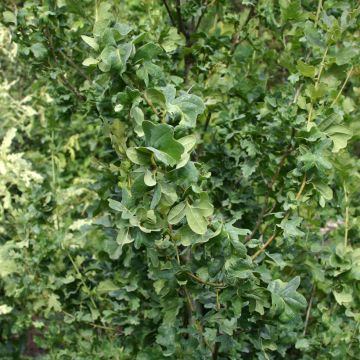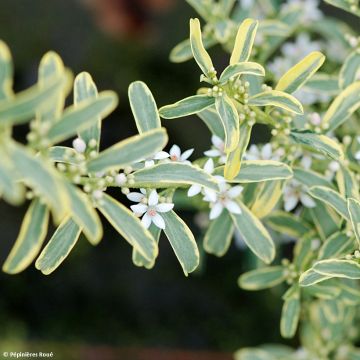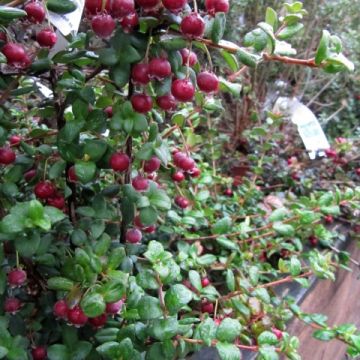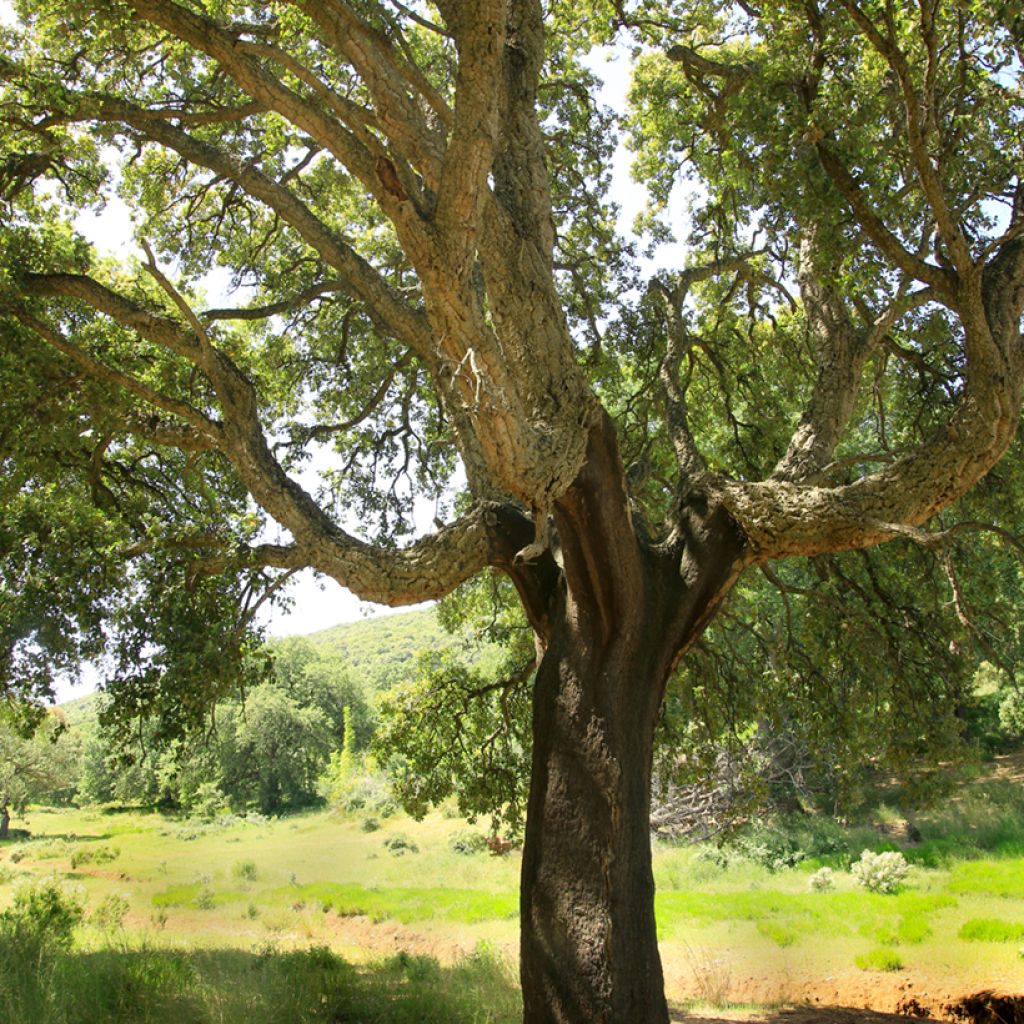

Quercus suber - Cork Oak


Quercus suber - Cork Oak
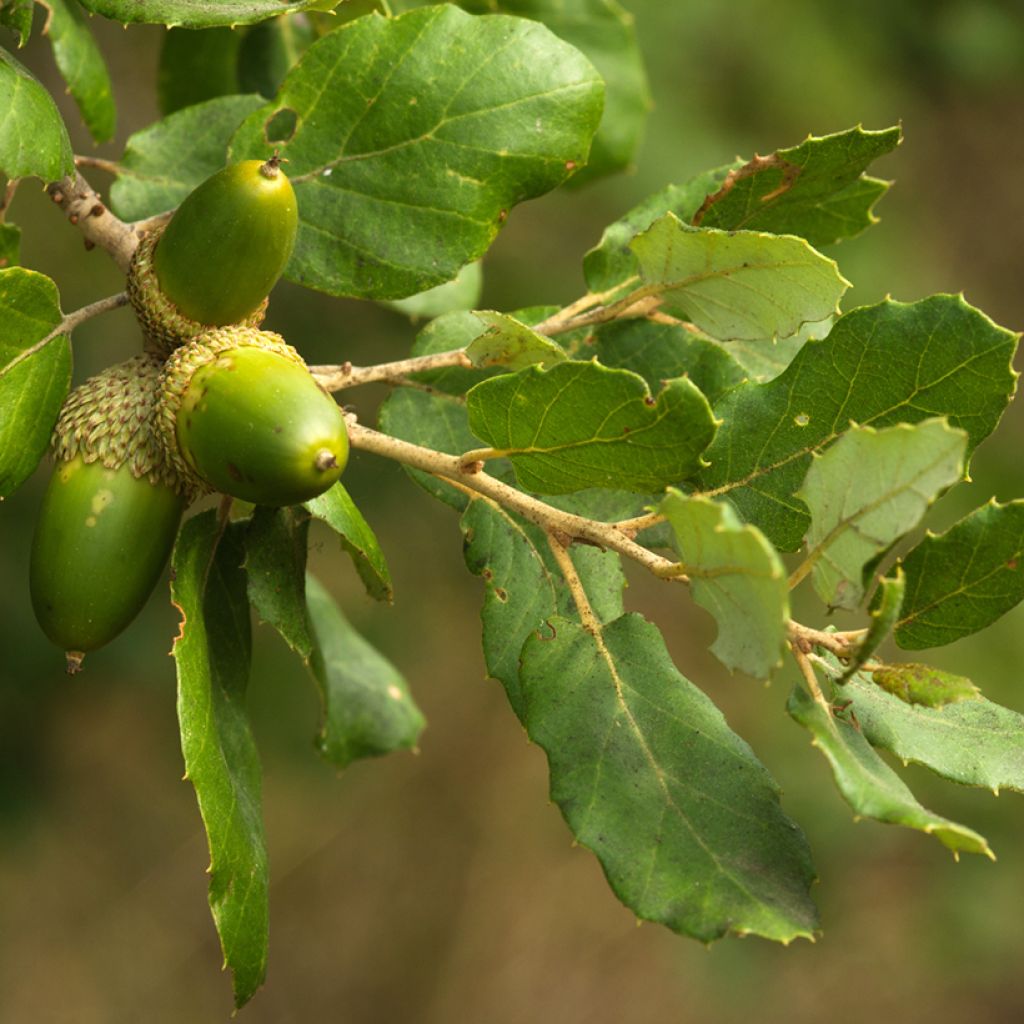

Quercus suber - Cork Oak


Quercus suber - Cork Oak


Quercus suber - Cork Oak


Quercus suber - Cork Oak
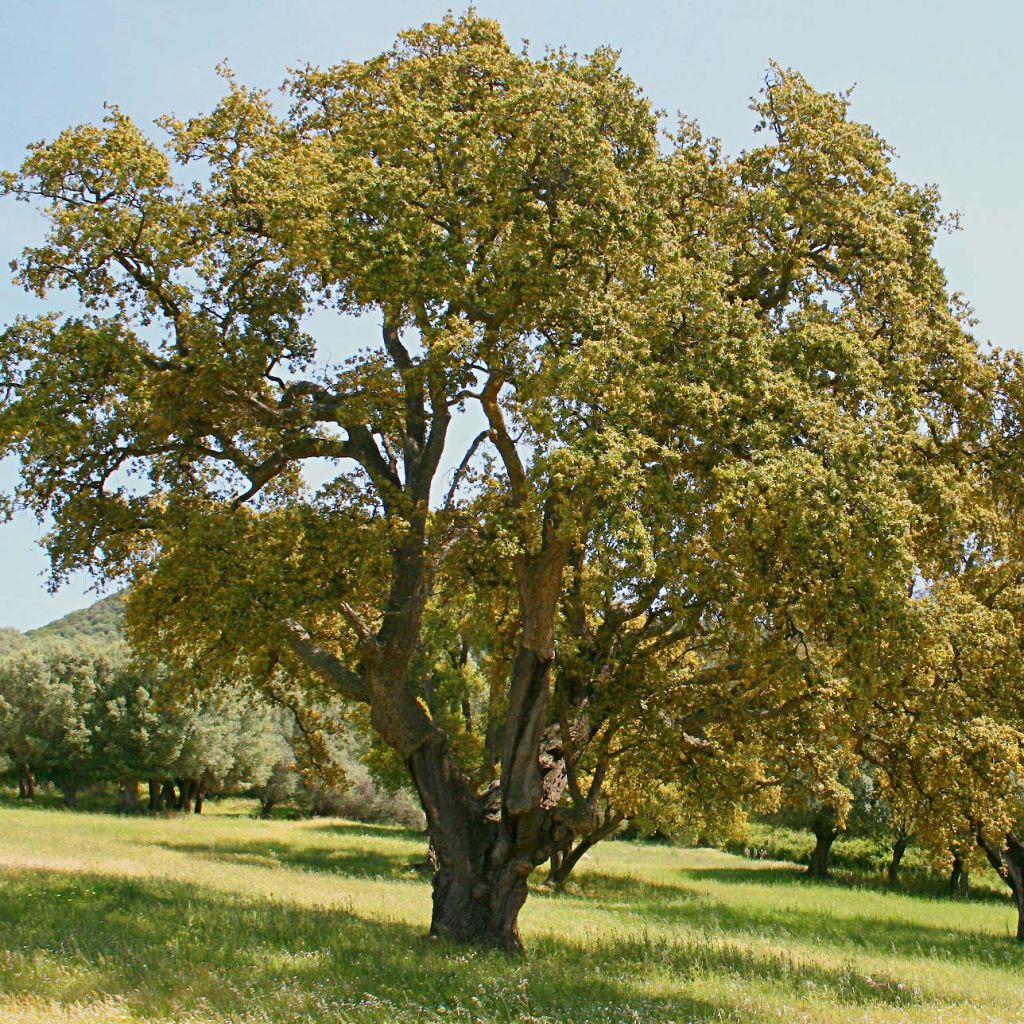

Quercus suber - Cork Oak
Quercus suber - Cork Oak
Quercus suber
Cork Oak, Cork Tree
This item cannot be shipped to the selected country
Delivery charge from €5.90
Oversize package delivery charge from €6.90
Oversize package delivery charge from €6.90
Delivery to Corse prohibited
More information
Schedule delivery date,
and select date in basket
This plant carries a 24 months recovery warranty
More information
We guarantee the quality of our plants for a full growing cycle, and will replace at our expense any plant that fails to recover under normal climatic and planting conditions.
From €5.90 for pickup delivery and €6.90 for home delivery
Express home delivery from €8.90.
Oversize package: home delivery by special carrier from €6.90 per order..
Express home delivery from €8.90.
Oversize package: home delivery by special carrier from €6.90 per order..
Express home delivery from €8.90.
Delivery to Corse prohibited: UE law prohibits the import of this plant from mainland France to Corse as part of the fight against Xylella fastidiosa. Please accept our sincere apologies.
More information
Does this plant fit my garden?
Set up your Plantfit profile →
Description
Quercus suber, more commonly known as cork oak, is an evergreen tree found in Mediterranean forests and scrub vegetation strictly limited to non-calcareous soils, unlike the holm oak, another southern oak that is much more tolerant. This medium-sized tree has been cultivated for a long time for its thick, insulating, fire-resistant, and spongy bark called cork. Its small dark-green and prickly foliage, reminiscent of holly, beautifully decorates this tree with a rounded canopy and picturesque appearance that is full of charm.
Quercus suber dominates the scrub vegetation of the island of Corsica, often mixed with holm oak. Native to the western Mediterranean, it is widespread in Portugal, Spain, Sicily, Sardinia, and Italy along the Tyrrhenian coast. In France, apart from Corsica, it is found at low altitudes always on poor, sandy, or schistous soil. It belongs to the family Fagaceae, like all oaks. At maturity, the tree will reach an average of 11 to 12 metres (36 ft 1 in to 39 ft 5 in) in all directions. Its growth is slow during the first years, moderately fast afterwards, with the plant favouring the development of its long taproot before growing above the ground. It has a good lifespan, around 300 to 400 years, especially when it is not exploited for its bark. It has a stocky habit, with a fairly short and wide trunk bearing a few spread-out main branches that support a sparse, rounded, and spread-out crown.
The bark of this tree is thick, creviced, and swollen, dull grey to black in colour, waterproof and fire-resistant. This spontaneously produced bark is not used to make corks but is used for insulation. It will be removed from subjects intended for production, to produce another bark with even more remarkable properties, called cork. On cultivated trees, one can observe the bare, smooth trunks that are brick-red to reddish in colour. The young branches are pubescent before becoming smooth and grey. The evergreen leaves, arranged alternately, measure from 3 to 5 cm (1.2 to 2 in) in length. They are leathery, short-petioled, and edged with spiny teeth. The lamina is convex, shiny and dark-green with a slightly glaucous hue. The undersides of the leaves are lighter. Each leaf has a lifespan of 2 to 3 years and will fall in spring when new leaves emerge. Flowering occurs in April-May. Male flowers are grouped in hanging yellow catkins, while the very small female flowers are usually in pairs. After wind pollination, elongated acorns, 2 to 3 cm (0.8 to 1.2 in) long, are formed inside a scaly and tomentose cupule. They are brick-red in colour and mature in two years.
The sun-worshipping cork oak is tough enough to withstand drought and even forest fires. It fears severe frosts, however, and calcareous, heavy, and compact soils. If your soil and climate allow it, planting this tree will allow you to recreate a fragment of scrub vegetation in your garden by shaping a copse garden around its trunk. Plant it as a solitary subject or as a grove, combining perennials, shrubs, and southern trees (lavenders, Salvia, Ballota, highly fragrant Cistus ladanifer, Teucrium, Phlomis, Erica arborea, mastic, and Arbustus unedo).
Properties:
The wood, burned in covered pottery, produces a powdery and very black ash used as a pigment. Historically, it was known as "Spanish black". The wood of the cork oak, very hard and dense, is an excellent fuel for heating. It is also valued for constructing frameworks and in carpentry.
Report an error about the product description
Quercus suber - Cork Oak in pictures
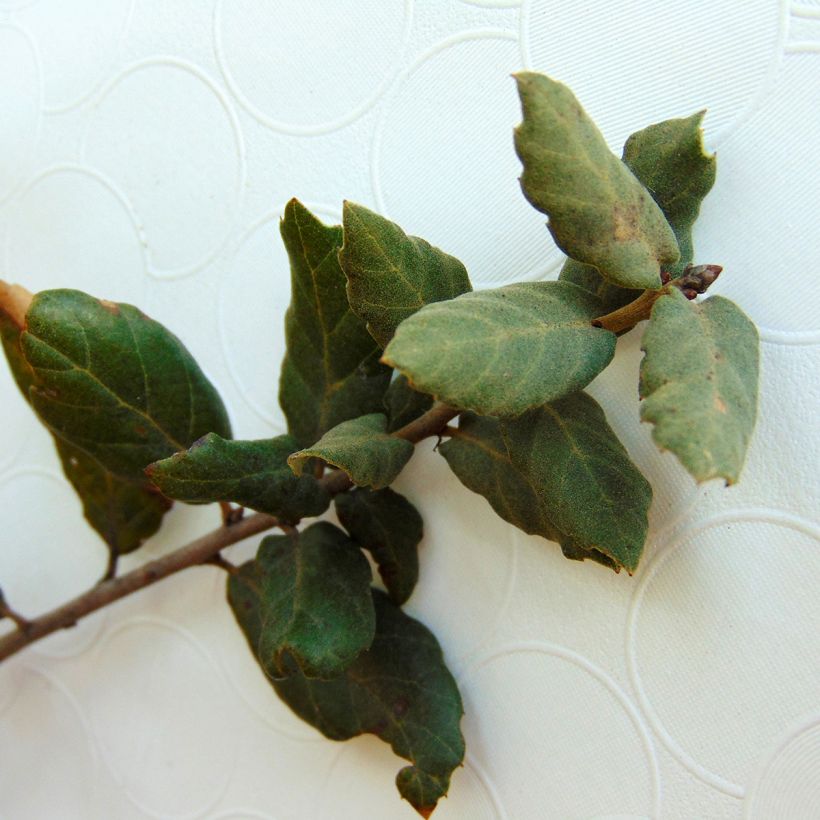



Plant habit
Flowering
Foliage
Botanical data
Quercus
suber
Fagaceae
Cork Oak, Cork Tree
Mediterranean
Other Oak
Planting and care
Quercus suber thrives only in non-calcareous soil that is preferably poor, light, sandy, and well-draining. Once established, it perfectly withstands summer drought. It must be planted in a well-lit position. Larger specimens require deep soil preparation: make a nice planting hole ensuring good drainage for the young tree and pack it well at the base once the oak is installed. Ensure to water the plant abundantly during the first summer in your garden.
Planting period
Intended location
Care
-
, onOrder confirmed
Reply from on Promesse de fleurs
Mediterranean shrubs
Haven't found what you were looking for?
Hardiness is the lowest winter temperature a plant can endure without suffering serious damage or even dying. However, hardiness is affected by location (a sheltered area, such as a patio), protection (winter cover) and soil type (hardiness is improved by well-drained soil).

Photo Sharing Terms & Conditions
In order to encourage gardeners to interact and share their experiences, Promesse de fleurs offers various media enabling content to be uploaded onto its Site - in particular via the ‘Photo sharing’ module.
The User agrees to refrain from:
- Posting any content that is illegal, prejudicial, insulting, racist, inciteful to hatred, revisionist, contrary to public decency, that infringes on privacy or on the privacy rights of third parties, in particular the publicity rights of persons and goods, intellectual property rights, or the right to privacy.
- Submitting content on behalf of a third party;
- Impersonate the identity of a third party and/or publish any personal information about a third party;
In general, the User undertakes to refrain from any unethical behaviour.
All Content (in particular text, comments, files, images, photos, videos, creative works, etc.), which may be subject to property or intellectual property rights, image or other private rights, shall remain the property of the User, subject to the limited rights granted by the terms of the licence granted by Promesse de fleurs as stated below. Users are at liberty to publish or not to publish such Content on the Site, notably via the ‘Photo Sharing’ facility, and accept that this Content shall be made public and freely accessible, notably on the Internet.
Users further acknowledge, undertake to have ,and guarantee that they hold all necessary rights and permissions to publish such material on the Site, in particular with regard to the legislation in force pertaining to any privacy, property, intellectual property, image, or contractual rights, or rights of any other nature. By publishing such Content on the Site, Users acknowledge accepting full liability as publishers of the Content within the meaning of the law, and grant Promesse de fleurs, free of charge, an inclusive, worldwide licence for the said Content for the entire duration of its publication, including all reproduction, representation, up/downloading, displaying, performing, transmission, and storage rights.
Users also grant permission for their name to be linked to the Content and accept that this link may not always be made available.
By engaging in posting material, Users consent to their Content becoming automatically accessible on the Internet, in particular on other sites and/or blogs and/or web pages of the Promesse de fleurs site, including in particular social pages and the Promesse de fleurs catalogue.
Users may secure the removal of entrusted content free of charge by issuing a simple request via our contact form.
The flowering period indicated on our website applies to countries and regions located in USDA zone 8 (France, the United Kingdom, Ireland, the Netherlands, etc.)
It will vary according to where you live:
- In zones 9 to 10 (Italy, Spain, Greece, etc.), flowering will occur about 2 to 4 weeks earlier.
- In zones 6 to 7 (Germany, Poland, Slovenia, and lower mountainous regions), flowering will be delayed by 2 to 3 weeks.
- In zone 5 (Central Europe, Scandinavia), blooming will be delayed by 3 to 5 weeks.
In temperate climates, pruning of spring-flowering shrubs (forsythia, spireas, etc.) should be done just after flowering.
Pruning of summer-flowering shrubs (Indian Lilac, Perovskia, etc.) can be done in winter or spring.
In cold regions as well as with frost-sensitive plants, avoid pruning too early when severe frosts may still occur.
The planting period indicated on our website applies to countries and regions located in USDA zone 8 (France, United Kingdom, Ireland, Netherlands).
It will vary according to where you live:
- In Mediterranean zones (Marseille, Madrid, Milan, etc.), autumn and winter are the best planting periods.
- In continental zones (Strasbourg, Munich, Vienna, etc.), delay planting by 2 to 3 weeks in spring and bring it forward by 2 to 4 weeks in autumn.
- In mountainous regions (the Alps, Pyrenees, Carpathians, etc.), it is best to plant in late spring (May-June) or late summer (August-September).
The harvesting period indicated on our website applies to countries and regions in USDA zone 8 (France, England, Ireland, the Netherlands).
In colder areas (Scandinavia, Poland, Austria...) fruit and vegetable harvests are likely to be delayed by 3-4 weeks.
In warmer areas (Italy, Spain, Greece, etc.), harvesting will probably take place earlier, depending on weather conditions.
The sowing periods indicated on our website apply to countries and regions within USDA Zone 8 (France, UK, Ireland, Netherlands).
In colder areas (Scandinavia, Poland, Austria...), delay any outdoor sowing by 3-4 weeks, or sow under glass.
In warmer climes (Italy, Spain, Greece, etc.), bring outdoor sowing forward by a few weeks.







































